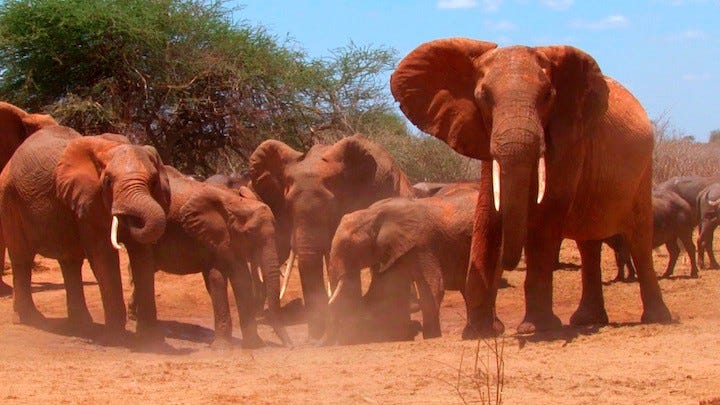‘White Gold’ Review
By Maxine Trump

White Gold is a social issue documentary success. Directed and filmed by cinematographer Simon Trevor (famous for working as second-unit director on Gorillas in the Mist and Out of Africa) and produced by Pace Gallery founder Arne Gilmcher, White Gold had its world premiere at DOC NYC this week, playing to a packed house at NYC’s IFC Thea…
Keep reading with a 7-day free trial
Subscribe to Nonfics to keep reading this post and get 7 days of free access to the full post archives.



